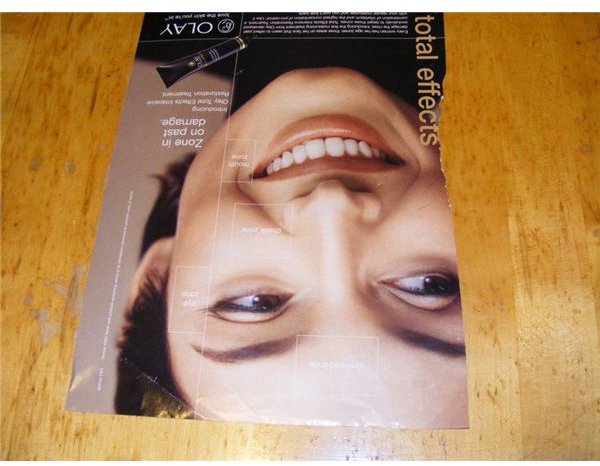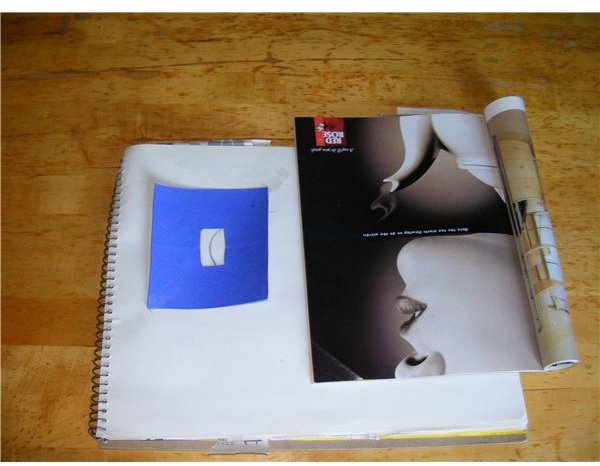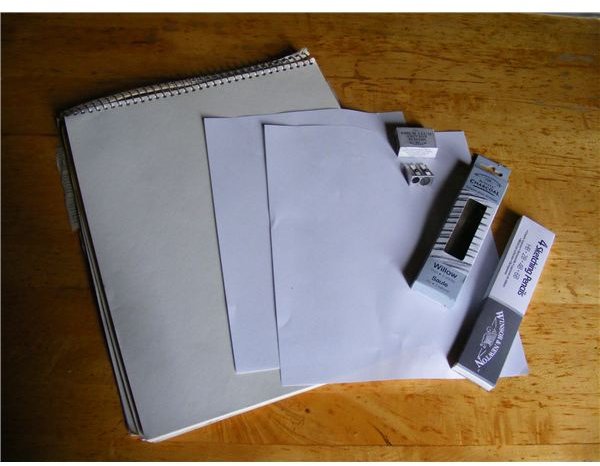Ten Useful Tips for Drawing Lesson Plans
Lesson Plans for Drawing
Here are 10 tips for teaching drawing throughout the year:
1. Plan a progression of lessons throughout the year or throughout several grades if you an art specialist. For example, start with practice at drawing elements such as lines, shapes and texture in grade 3 and 4. Progress to grid drawing in grade 5 and 6. Shading and perspective are concepts to try in seventh grade. Face and figure drawing, as well as 2 point perspective drawings can then be taught in grade 7 and 8.
Try these articles for methods and details on teaching drawing concepts:
Grade K - 3 - Starry Night Skies: An Elementary Art Lesson Plan Teaching Types of Line - A K to 3 lesson on using different types of line.
Grade 4 - Textured Drawing Lessons - Practice drawing lesson on different textures and a lesson on drawing hairy spiders.
Grade 5 - Substitute Teacher Art Ideas - Easy art activities such as drawing swap, landscape drawing and still life drawings.
Grade 6 - Grid Art and Sketching Lessons - Father’s Day sketching using grid art and other gift ideas using art.
Grade 7 - How to Draw the Human Face - A Seventh Grade Drawing Lesson Practice lessons, drawing methods, tips, and resources as part of a series on the 7th Grade Art Lessons on Human Faces in art.
Grade 8 - Creating a Systematic Art Thematic Unit Plan on Perspective Drawing Perspective drawing lessons with 1 vanishing point and 2 vanishing points.
Drawing materials and methods
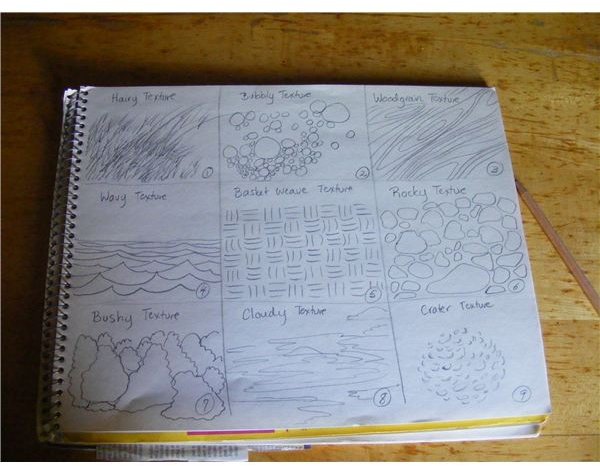
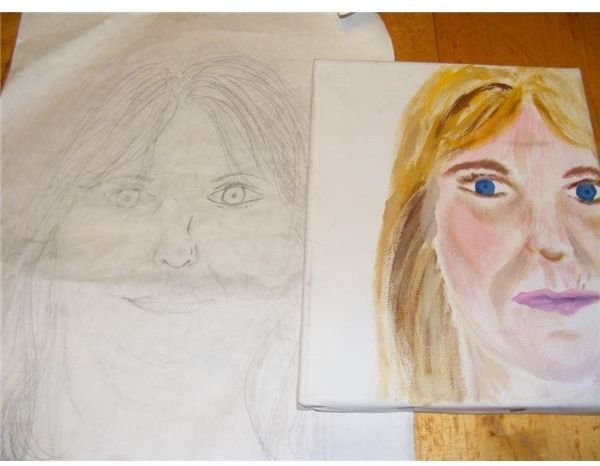
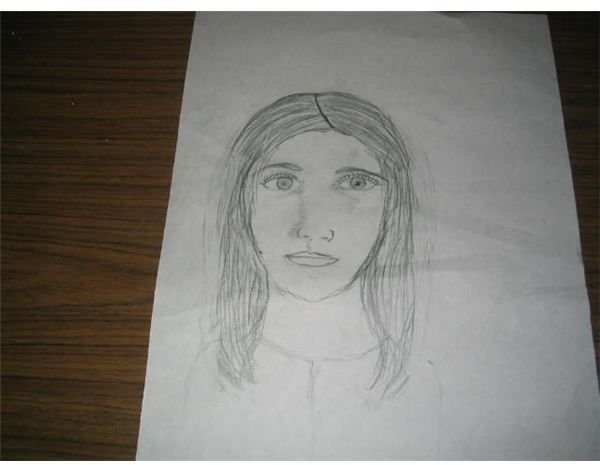
Lesson Tips on Drawing
2. Start with a practice lesson at drawing elements such as lines, shapes and texture drawing, etc. before you work on an actual assignment. Remind students that it is just practice and that they can change things as they learn how to do the technique. As the lessons progress, write down what worked and what didn’t work. For example, copying a black and white drawing of a hairy textured animal is an easy lesson for grade 4 as long as the pictures are small and detailed. In grid art use a 9 by 9 small grid for a very simple Christmas card to reproduce. In portrait drawing, students may find it difficult to copy what they see. For example, magazine photos are harder to draw from than having the students use a mirror to examine and draw themselves.
3. Use sketching paper or cartridge drawing paper, drawing pencils such as 2B and 4B that you hand out so that students take the lessons seriously. Practice without erasers so students learn it is okay to not erase and it is okay to change the line they have drawn on the page. Many students want to start over. Allow them to try again on a fresh piece of paper especially when practicing.
Lesson Tips on Drawing
4. Write down how long the lessons took in the drawing unit. For example, was it 3, 1 hour periods or a quick 30 minute lesson? Look back over previous lessons. Practice lessons are good for 30-45 minutes. Projects need longer time periods.
5. Try to have the students complete a small drawing of an object in the same time period. If you break the drawing into periods a week apart, the brain will not remember or concentrate in the same way and the student may forget the small tips and techniques they are working on.
6. Have students try to draw or copy a picture. Students should work on only 1 area at a time if copying a picture by cutting out a square from a small index card and only drawing what they see in the square.
Drawing lessons using simple techniques
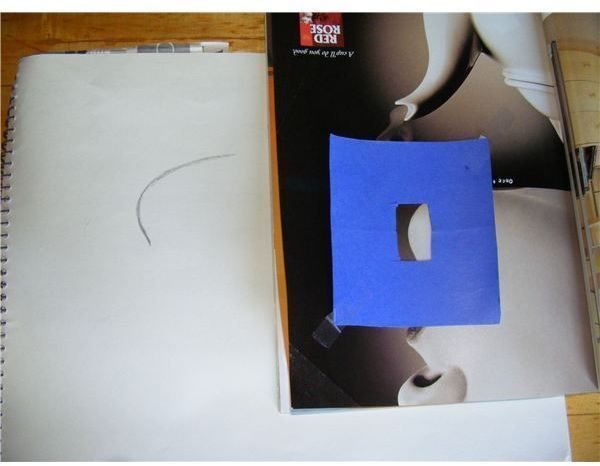
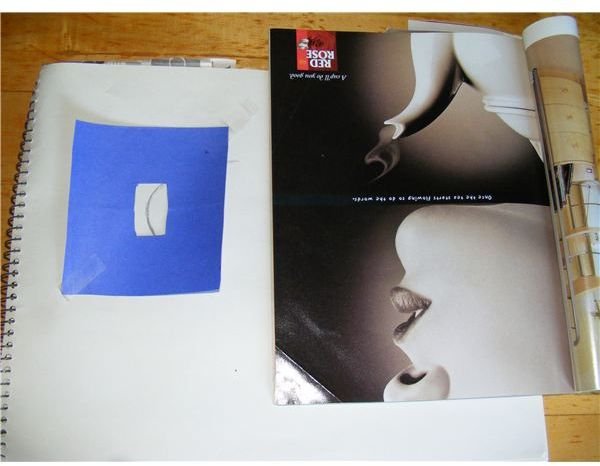
Lesson Tips on Drawing
7. Try to work in an art room setting with lots of space at each work station. Inspiring pictures around the room and correct lighting will help. Move desks into a circle for different perspectives on a still life that you have placed in the center of the room.
In the article Art Lesson Plan: Still Life Inspirations students can learn from George Lance and Johan Jensen by having their books on display nearby.
8. Try to show examples that you have done or other students their age have done to give them confidence. Show what to do and what not to do, so the student can see what techniques they should be working on. Use their art as examples of what to do and your art of examples of what not to do. Another way to instill confidence is to bring books written by experts on drawing techniques. They can see that you are relying on others and learning as well.
The lesson Teaching Art With Drawing For Children uses a book by Mona Brookes which helps teachers break art down into performable tasks.
The lesson How to Draw Human Faces uses a book called Drawing the Head and Figure by Jack Hamm which teaches all the essentials of face and figure drawing.
Lesson Tips on Drawing
9. Remind students that they are using the right side of the brain to draw. So, along with a cutout square, have them try to draw an image by placing the image upside down. Then the mind will concentrate on the shape, width and direction of a line rather than actual object. The right brain will take over. Instead of the left side of the brain labeling the part such as the human ear, the right side of the brain will see a curvy shadowed area to create.
10. Switch up drawing with painting and other mediums in art throughout the year. Use pastels mixed with your fingers, then go to drawing using the sides of the pencil to shade an object. Try ink drawings, and watercolors to show how water controls the outcome. Then go back to drawing by copying from illustrated books. Use watercolor backgrounds and then try creating texture on them with pencils or pencil crayons.
The painting lesson An Easy Watercolor Art Project for Fall shows how to draw details on leaves and flowers made from watercolors.
The abstract art lesson Simple Abstract Art For the Classroom: Lesson Plan uses shape drawing with color and shading techniques.
Students can try drawing a still life at the beginning of the year and then try the same still life at the end of the year. Have the students sign and date all their drawings. Explain that their artists’ signature is important on the front of their art. This will teach a respect of art and artists. All the art should be displayed with the students’ names showing.
These 10 tips and drawing lesson plans should enable teachers to teach art with confidence. They will help with art lesson planning throughout the year because you can build upon previous lessons that have the concepts of drawing broken down into achievable and beautiful art projects.
Drawing images using right brain techniques
